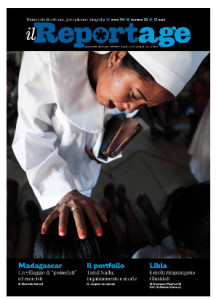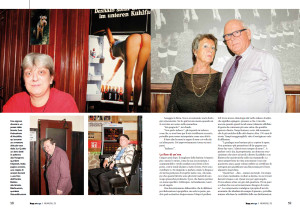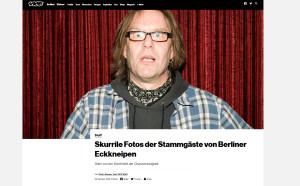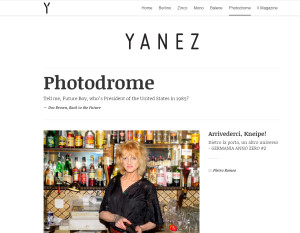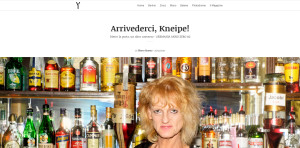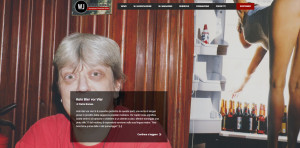Rivoluzione industriale. Berlino comincia a riempirsi di fabbriche e caserme dormitorio che ospitano la forza lavoro locale. Il proletariato lavora duramente fino a 14 ore al giorno trovando il suo sollievo nei bar di quartiere che cominciano a diffondersi rapidamente in ogni angolo delle strade. Sono luoghi informali, fumosi e a volte anche un po’ rudi, ma ugualmente segnati da un forte senso di comunità e di condivisione.
Sopravvivono a due guerre mondiali e alla cortina di ferro: un secolo e mezzo dopo la loro nascita sono ancora accoglienti ed esteticamente approssimativi, mentre intorno a loro la città è diventata chic e posh. Una volta Berlino era povera ma sexy, oggi è una metropoli europea di ricchi investitori, in pieno boom economico e immobiliare. Da un lato, la gentrificazione degli ex quartieri popolari, oggi zeppi di costose unità residenziali e gallerie d’arte; dall’altro, la nascita di un neoproletariato impiegato nelle start-up digitali che mutua il suo stile di vita dalle classi socialmente più influenti.
In un tale scenario, i bar storici della classe operaia si svuotano gradualmente; molti chiudono i battenti, altri vengono trasformati in locali, club o caffè alla moda, più adatti alle esigenze emotive di questa nuova classe subalterna.
La loro estinzione è lenta, ma è anche il sintomo più tangibile di un cambiamento irrevocabile nel tessuto culturale della metropoli tedesca.
Per documentarli, è stato necessario partire dalla loro gente: una periferia sociale di baristi e avventori, un milieu omogeneo che rappresenta ancora l’elemento più specifico di questi luoghi. Kein Bier vor vier! è il motto di quaggiù, una sorta di slogan preso in prestito dalla saggezza popolare tedesca ma utilizzato ironicamente.
Se non parlate la lingua e volete capire cosa significa, vi basta sedere al bancone e chiedere a un avventore a caso. Mentre sta sorseggiando una pinta alle 11 del mattino, risponderà sornione nella sua lingua madre:
“Mai bere birra prima delle 4 del pomeriggio”.
ENGLISH VERSION:
Industrial revolution. Berlin starts to fill itself with factories and dormitory barracks that host the local workforce. The proletariat works hard for up to 14 hours a day finding its relief in the neighbourhood bars that begin to spread out quickly in every corner of the streets. These are informal, smoky and sometimes even a bit rough places, but equally marked by a strong sense of community and sharing.
They survived two World Wars and the Iron Curtain: today, a century and a half after their birth, are still welcoming and aesthetically sloppy, while around them the city has become chic and posh. Once Berlin was poor but sexy, today it is a European metropolis of wealthy investors, in the midst of an economic and real estate boom. On the one hand, the gentrification of the former working-class neighbourhoods, today full of expensive residential units and art galleries; on the other, the birth of a new proletariat employed in digital start-ups which borrow its lifestyle from the most socially influential classes.
In such a scenario, the historic working-class bars gradually get empty; many close their doors, others are turned into trendy clubs, clubs or cafés, more suited to the emotional needs of this new subordinate class. Their extinction is slow, but it is also the most tangible symptom of an irrevocable change in the cultural fabric of the German metropolis. To document them, it was necessary to start from their people: a social periphery of bartenders and patrons, a homogeneous milieu that still represents the most specific element of these places. Kein Bier vor vier! is the motto down here, a sort of slogan borrowed from German popular wisdom. If you don’t speak the language and want to understand what it means, just sit at the counter and ask a random barfly. While is sipping a pint at 11 in the morning, he will answer slyly in his native tongue:
“Never drink beer before 4 in the afternoon.”
This project was published by Il Reportage, Vice Deutschland, Witness Journal and Yanez Magazine.
